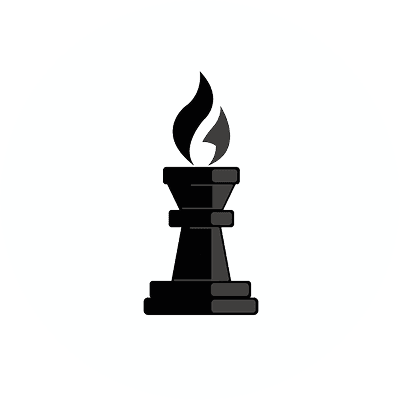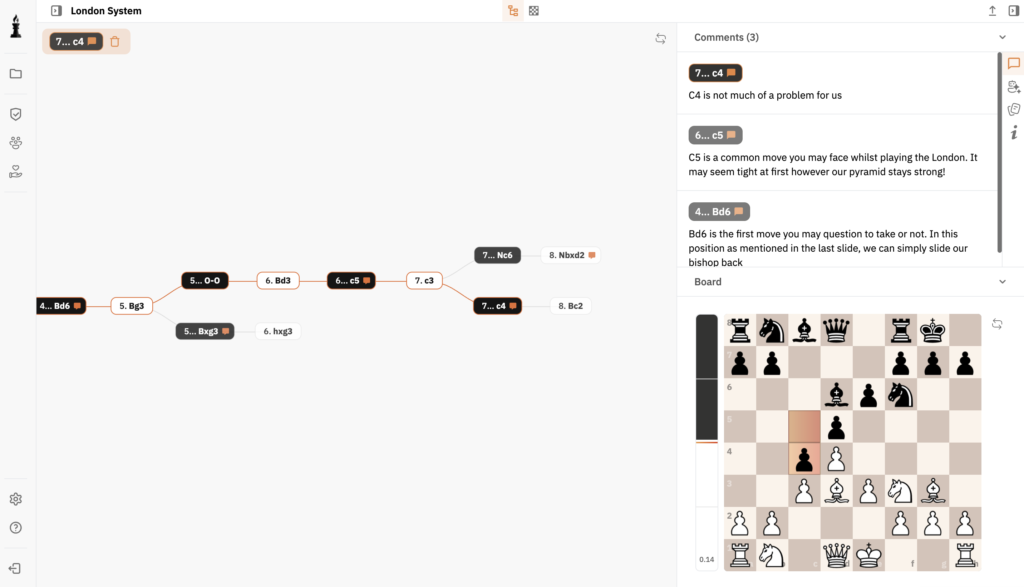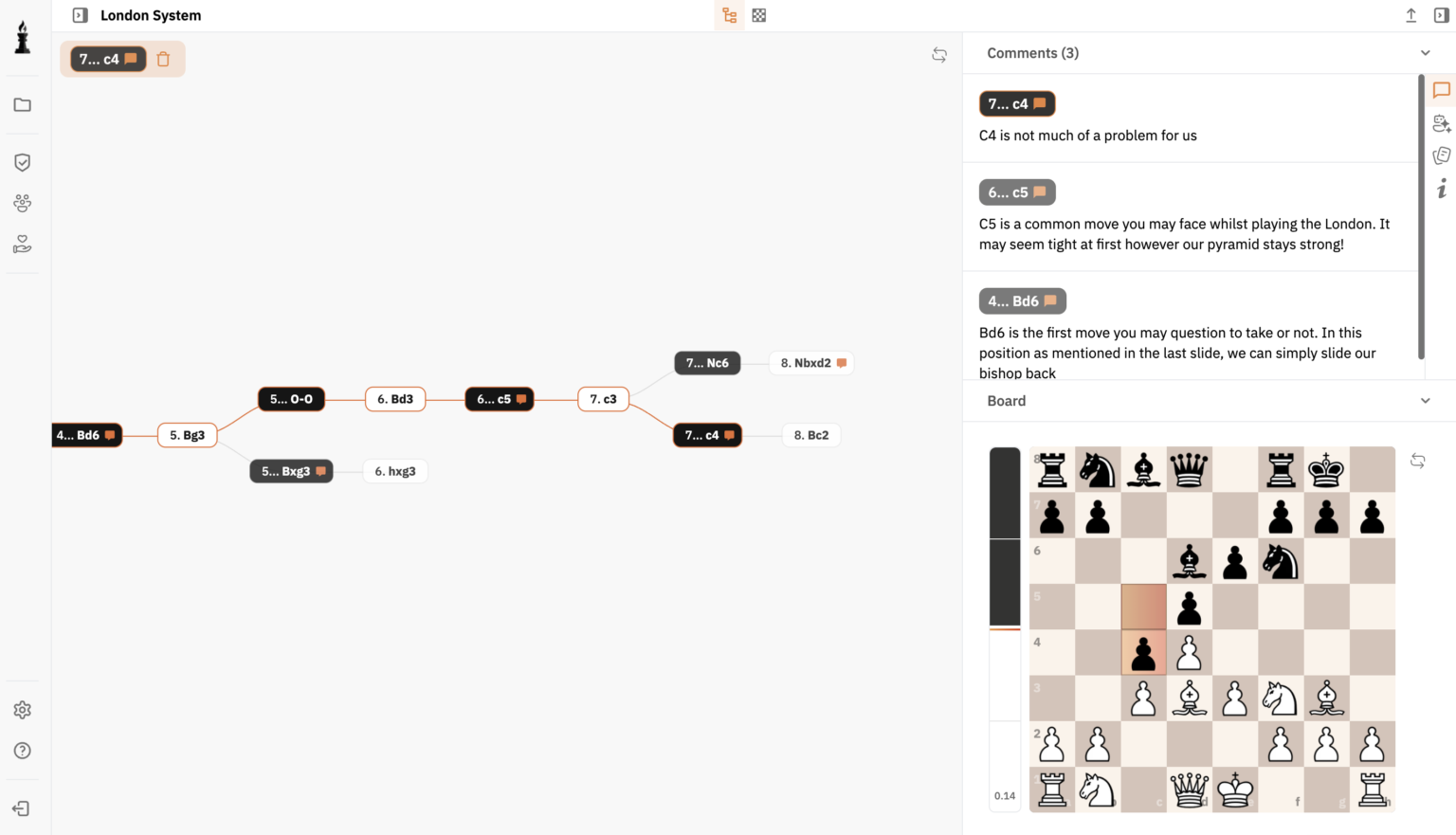Understanding Chess Tempo
In the realm of chess, the concept of tempo plays a pivotal role. At its core, tempo refers to the time taken to make a move. Efficient use of tempo often separates a strong player from an average one. In many ways, gaining a tempo can equate to gaining a move on your opponent, allowing you to dictate the flow of the game.
Strategic Implications of Tempo
Every move in chess not only advances your position but seeks to disrupt your opponent’s strategy. By controlling the tempo, chess players can maintain pressure and delegate the direction of the game. An excellent way to utilize this is seen in openings where players sacrifice a pawn for faster development and control of the board. This is commonly observed in aggressive gambit lines.
Classic Examples in Games
Looking at historical games, masters like Bobby Fischer and Garry Kasparov have demonstrated genius in tempo control. They frequently converted tempo advantages into winning positions, especially in their interactions with minor and major pieces.
Managing Time in Competitive Play
While controlling tempo is crucial, managing your time alongside is equally vital. With formats ranging from blitz to classical chess, players must optimize their thinking process to not only make quick calculations but also strategize long-term gains.
The introduction of tools like Stockfish and the Online Chess Database provide players the ability to analyze their games post-play, helping refine their understanding of tempo and time management.
Analyzing Famous Games
Consider using the Chess Games Analysis tool, which highlights tempo plays and time management in well-documented games. Reviewing these games can offer insights into the subtler nuances of chess strategy.
The Role of Tempo in Different Phases
Opening Phase
In the opening, it’s vital to develop your pieces swiftly and control the center. Gaining tempo here often translates to a strategic opening advantage.
Middlegame
The middlegame is where both strategic planning and tactics converge. By controlling tempo, players can transition between tactical threats like skewers and strategic maneuvers smoothly.
Endgame
Mastering tempo in the endgame often involves ensuring your pawn majority is ready to advance while preventing a stalemate.
Advanced Techniques in Tempo
The Threefold Repetition
Situations like Threefold Repetition can arise when players optimize tempo to create positions that repeatedly bring about draw conditions.
Conclusion
In summary, efficiently managing both tempo and time can significantly impact your chess success. Through understanding and applying these principles, players can transition from simple tactical victories to complex strategic triumphs.
By leveraging tools such as the Chess PGN Editor and Import/Export .Pgn Files, players can experiment with various strategies, further developing their personal tempo management skills.
Tempo is crucial in chess strategy as controlling it means dictating game flow and potentially gaining move advantages over your opponent.
Time management helps players allocate thinking efficiently, especially crucial in faster formats like blitz, and aids in prioritizing moves.
Yes, controlling tempo in endgames allows better advancement of winning positions and prevents opposition tactics.
Tools like the Online Chess Database help analyze games, highlighting tempo advantages, allowing players to refine strategies.





